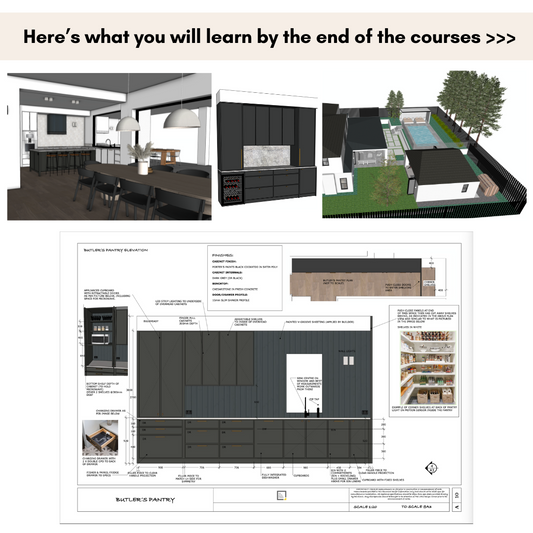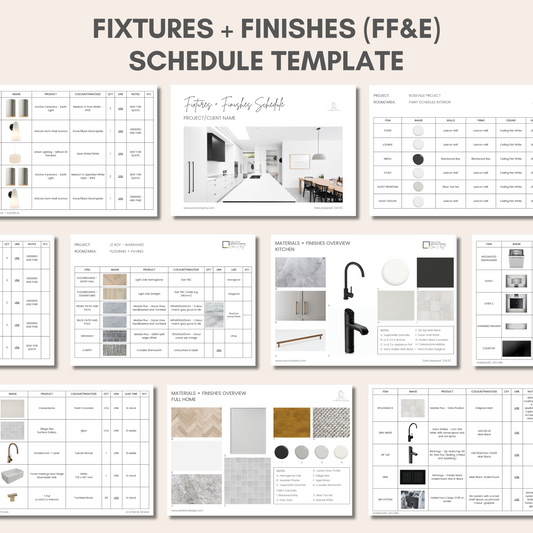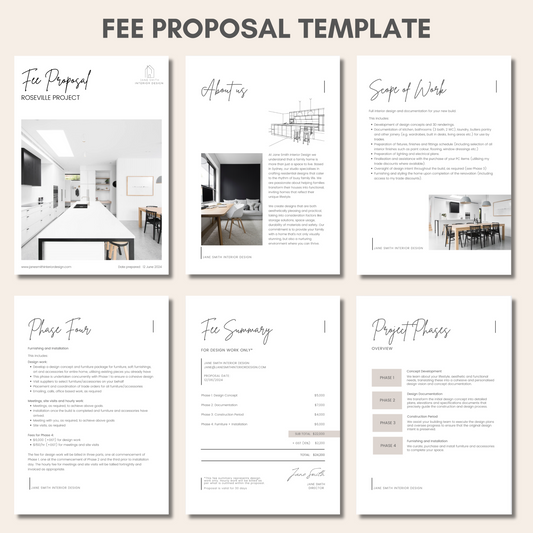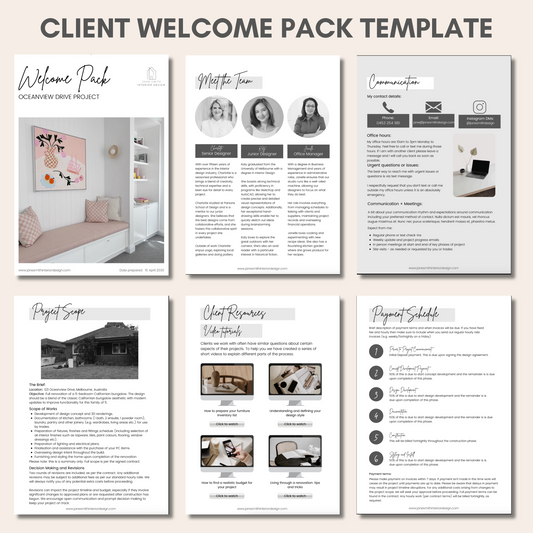I heard about a lawsuit this week that has some interesting lessons for designers…
The case
Back in 2021, a wealthy Virginia couple hired an interior designer under a cost-plus pricing structure. Under the contract it was agreed:
- The clients would get trade pricing for furnishings/accessories
- They would pay the designer a professional fee for services
- The designer would provide supplier invoices so the clients could see actual costs
On paper this is meant the designer was compensated for their time and expertise and the clients paid wholesale cost for goods.
But when invoices started coming in from the designer the clients saw that something wasn't right. Here are a few examples from the case:
- A dining table purchased for $2,878.80 was billed to the client at $4,750
- A piece of artwork bought for $14,000 was billed to the client at $18,000
There were more examples, but these give you an idea.
Because the clients were entitled to see supplier invoices they compared those invoices with the designer’s billing statements, which is what exposed the markups (that they weren't meant to be charged).
When challenged in court the designer argued that “markups are industry standard” but the judge disagreed and noted that the contract specified cost-plus and that adding hidden margins was inconsistent with that agreement.
As a result, the court allowed the claims for fraud and deceptive trade practices to proceed.
The case is still ongoing many years later and has involved significant time, legal expense and reputational impact for the designer involved.
Lessons for designers from this case
1: Have a solid contract that has been put together by a lawyer. Don't DIY your legal work and don’t act in a way that differs from what is in your contract.
2: “But that's how the rest of the industry does it" won't protect you. The designer argued that markups are a normal part of how the industry works but courts look at what’s written in contracts, not what other designers do.
3: Even if the designer eventually beats these charges, his name is now tied to fraud in public court filings forever. Any new potential client who does a quick Google search of his name will find the case in the public record.
4: This case has been dragging for years, which means years of distraction, stress and legal fees.
What to think about
1: Be explicit in how you price and stop hiding margins. If you do add margins on purchases then explicitly state that in your contract and explain this to clients
2: Pick one revenue model and stick to it e.g. fee for service OR disclosed margin. Don’t double dip on both (this way of working has already been regulated out of many other professional industries e.g. financial services, mortgage broking)
3: If you do mark up products for clients then make it transparent how this works so clients know and understand this before they agree to work with you. It’s not shady if clients know and agree to your terms, it is shady if they don’t know how you are making your money
Whenever I talk about this topic I often get pushback from designers who say:
“But shops don’t disclose their margins, so why should designers?”
The difference is in what the client is buying:
- A shop sells products and their business model is resale. No one expects to see wholesale costs because they’re not paying for professional advice, they’re paying for an object at the price on the tag.
- A designer sells a professional services. If you’re pocketing margins without disclosing this to clients you’ve shifted from a service provider to a retailer without saying so (and you could also be acting unlawfully).
So when designers say “but shops don’t disclose” the answer is that you’re not a shop, you’re a professional services provider.
The takeaway
If you want to operate like a shop and markup on goods you can in many jurisdictions (check with your lawyer about this), but then you need to write how you work clearly into your contract and let the client agree knowingly. In many jurisdictions you’ll also need a license to work in this way.
What you shouldn’t do is run a fee for service model on paper and act like a shop in practice.
You might think the way you’re working is ok because “all the other designers I know do it this way too” but most of the industry doesn’t understand the nuance around all of this (and many are working unlawfully without knowing).
So the takeaway is to get professional legal advice on the way you are charging and working with clients and to charge in an ethical and transparent way. That’s how you avoid a legal dispute like this one.
I am not a lawyer and this case study is being shared for educational purposes only and is not legal advice. Get legal advice from a lawyer who is experienced in the design industry and who can give you advice based on your own individual circumstances.












